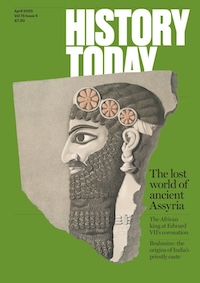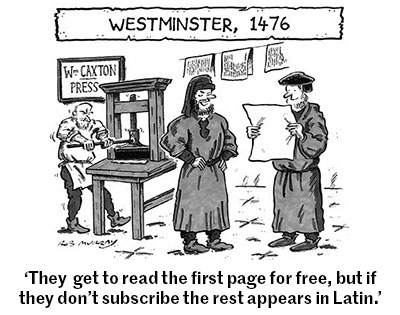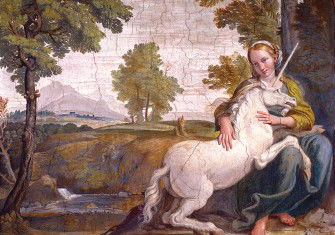Written in Heraldry
Lions are noble; unicorns pure. Knowing how to decipher heraldry reveals the aspirations – and humour – of the regal past.

In the largely illiterate 14th to 17th centuries, heraldry could be read by all. As Victor Hugo wrote: ‘For those who can decipher it, heraldry is an algebra, a language. The whole history of the second half of the Middle Ages is written in heraldry.’
Heraldry proper consists of devices on a shield. A coat of arms is the design around that shield, typically – since the time of Henry VI – with real or mythological animal supporters and topped with decorative elements including a helm (helmet), coronet and crest.







